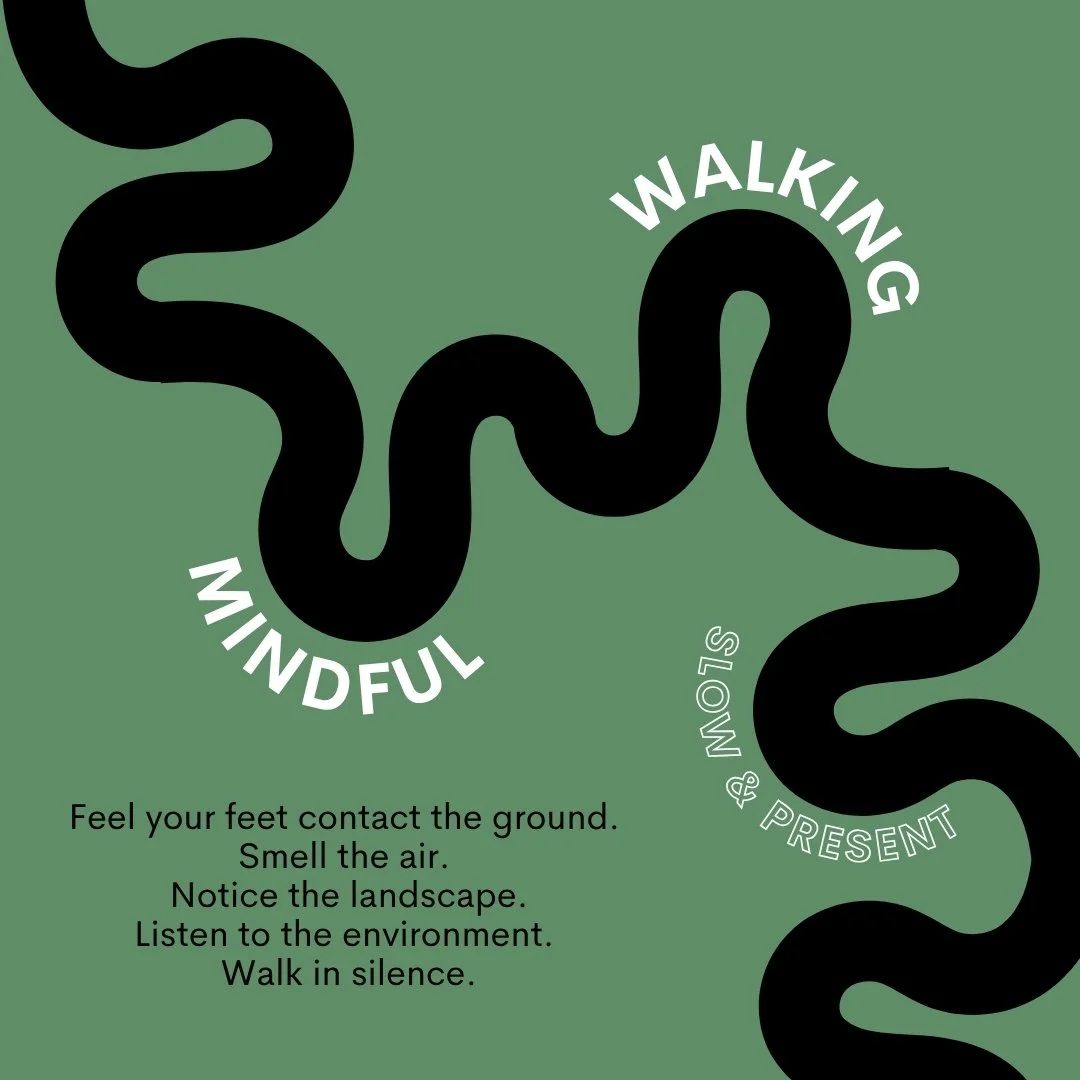
REDUCING ANXIETY, DEPRESSION, & PTSD
Make Change Happen
Let the work begin
It’s common to feel uncertain after an infusion, wondering what to do next or how to make the most of your treatment. The ketamine experience opens a window for healing, but what happens afterward determines how lasting those changes become. This page offers guidance on how to stay engaged in your process so the shifts you’ve started can continue to grow.
Ketamine therapy can ease symptoms of anxiety, depression, and PTSD by creating a temporary period when the brain becomes more open and flexible. This is a time of possibility, when new patterns of thinking and responding can begin to form.
Your role is to make the most of that opportunity through practices that support emotional balance and growth. The next sections will help you learn how to do that by understanding how neuroplasticity works and by applying tools like emotional regulation and mindfulness.
Ketamine and Neuroplasticity
Our brains can become stuck in repetitive emotional and behavioral loops, making it hard to change familiar responses to stress, fear, or sadness. Ketamine has the unique ability to rapidly increase neuroplasticity or the brain’s capacity to form new connections. After an infusion, this “neuroplastic window” lasts for several days, creating a period when change can occur more easily and healthier pathways can begin to take shape.
This process requires active participation. The choices you make during this time influence whether new pathways strengthen or old ones return. Think of it like going to the gym: consistent effort builds lasting strength. Practicing mindfulness, emotional regulation, and self-reflection helps train your brain to maintain its new patterns long after the initial effects of ketamine fade.
Big change begins with small steps. A lighter thought, a calmer reaction, or a moment of choosing differently are all signs your brain is forming new pathways. Don’t dismiss these as insignificant because they’re proof of progress. Taking a moment each day to journal or reflect on what felt different helps you recognize growth as it happens and reinforces lasting change.
Window of Resilience
The Window of Resilience describes the range in which you can feel and think clearly without becoming overwhelmed. When you’re pushed above this range, your system moves into hyperarousal, showing up as anxiety, irritability, or racing thoughts. When you drop below it, you may experience hypoarousal, feeling numb, disconnected, or withdrawn. As you practice the tools and skills that support emotional regulation, your window of resilience expands.
This means you can experience strong emotions without becoming overwhelmed, recover more quickly from stress, and respond with greater calm and clarity. Over time, this growing flexibility helps you feel more balanced, steady, and capable of navigating life’s challenges.
Anxiety, depression, or trauma can narrow that window, creating less flexibility in managing emotions. This can result small stressors to feel threatening and you might notice yourself reacting quickly, feeling emotionally flooded, or shutting down to cope. But you can learn to widen this window with focused work on learning to regulate the mind and body in response to emotional or situational triggers.
Mindfulness
One way you can create change in your brain and emotional patterns is by practicing mindfulness.
Mindfulness means paying attention to the present moment, what you’re sensing, feeling, and thinking, with openness and curiosity instead of judgment or reacting. It’s not about emptying your mind or forcing thoughts to stop. It’s about noticing what’s happening right now, as it is, rather than getting pulled into the past or future.
You can practice mindfulness by bringing awareness to your senses and internal experience. Notice what you can see, hear, touch, or feel in your body. When you do this, you’re telling your brain’s fear center, the amygdala, that you are safe in this moment and not feeling as if you are immersed in the trauma of the past or the fear of what might happen in the future. The amygdala doesn’t understand logic; it understands the language of the senses. Using your senses helps calm the nervous system and anchor you in the present.
Practicing mindfulness regularly changes how your brain responds to stress. Each time you pause and observe instead of react, you strengthen the brain’s ability to regulate emotions and return to balance more quickly. With time, mindfulness helps you feel more grounded, less reactive, and better able to make choices that support your healing

Skills & Exercises
Let’s “Train” the Brain
Mindfulness exercises to bring your attention back to the present and help your mind and body work together toward calm












